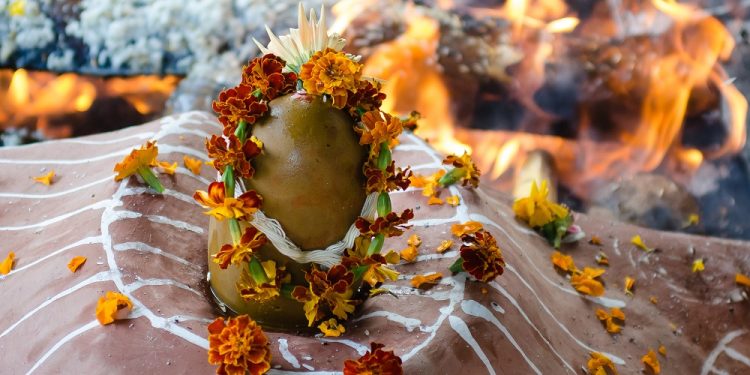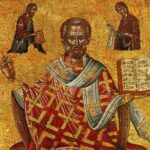
Guru Purnima
Guru Purnima, also known as Poornima, is a tradition and festival dedicated to academic and spiritual Gurus. Gurus are considered highly enlightened individuals who share their knowledge and skills with little to no expectation of reward—doing it only to adhere to the principles of Karmic Yoga. This holiday is observed on the full moon day known as Purnima in the Hindu month of Ashadha, placing it somewhere between July and August on the Gregorian calendar.
It is also a day known as Vyasa Purnima and observes the birthday of Ved Vyasa. This holiday is observed by Hindus, Buddhists, and Jains to show respect and revere their chosen spiritual teachers. It is also a day for students to express gratitude to their teachers. This holiday is celebrated as a festival in Bhutan, India, and Nepal.
History of Guru Purnima
According to Hindu legend, Maharishi Veda Vyasa gathered the Vedic hymns of his time and divided them into four parts based on their characteristics and rites. He then began teaching them to his four main disciples: Sumantu, Vaisampayana, Jaimini, and Paila.
Veda Vyasa did his duty to serve the cause of Vedic studies by taking all the Vedic hymns that were in existence, and it was this dividing up and editing of the text that led to him being granted the name “Vyasa,” which means to edit. The Puranas and the histories are said to be the fifth Veda. As celebrated among Buddhists, it is usually observed in honor of Buddha. Buddha gave his first sermon on this day at Sarnath in India.
It is celebrated by Hindus as the day when Lord Shiva taught the seven rishis. It is believed that the fact that Lord Buddha delivered his first sermon on this day, and the fact that Lord Shiva first taught the seven rishis on this day, only reinforces just how much power was inherently contained in this sacred time.
Guru Purnima Customs & Celebrations
Guru Purnima is often celebrated by devotees bringing gifts to their spiritual teachers. These gifts can be in the form of sweets or flowers, as determined by the student. During this time, devotees also spend a considerable amount of time chanting and praying. Early in the morning, around 4 am, devotees meditate on their gurus and offer them their prayers.
Later on that same day, a ritual worshiping of the guru’s feet is performed by all the devotees. Sadhus (holy men) and Sannyasins (ascetics or mendicants) are offered a large feast around noon and worshiped as well. Devotees who are deserving of the honor are then initiated into the Holy Order of Sannya, later that day. The whole day is often seen as an extremely joyous event.
While many Hindus choose to fast on this day, many people do choose to eat. They will eat foods such as halwa, chole, ladoo, poori, soan papdi, and other vegetarian dishes. It is often customary for temples to offer sweet curds prepared with dried fruits called charan amrita to devotees. Some of the devotees who choose to spend the day fasting will often break their fast after their evening worship.
It is advised that students follow the principles and teachings of the gurus and make sure to put them into practice in their lives. It is also advisable for students to recite Vishnu Sahasranamam—an ancient script that translates as the “Thousand Names of Lord Vishnu.” People who don’t have an appointed guru can still partake in this holiday by performing the Puja of their family’s deity.
On this day, people may also recite the Datta Bavani, Guru Leelamrut, or the Sai Charitra. This holiday isn’t just observed in religious circles, however. It is also observed in Indian academic circles. Regardless of what religion the student comes from, they are encouraged to thank their teachers during this time.
Schools, colleges, and universities will host events that help to facilitate this thankful exchange between students and teachers on this day. Educational institutions also take the time to place a special emphasis on teaching about past scholars on this day. Students often take it upon themselves to arrange various art competitions.
Since the main tradition of this holiday is to bestow blessings on people, this is a day when students will make works of art, recite poetry, or read a quote for their teacher. It is in this way that Guru Purnima is celebrated much like Teacher’s Day is celebrated in Western countries.








